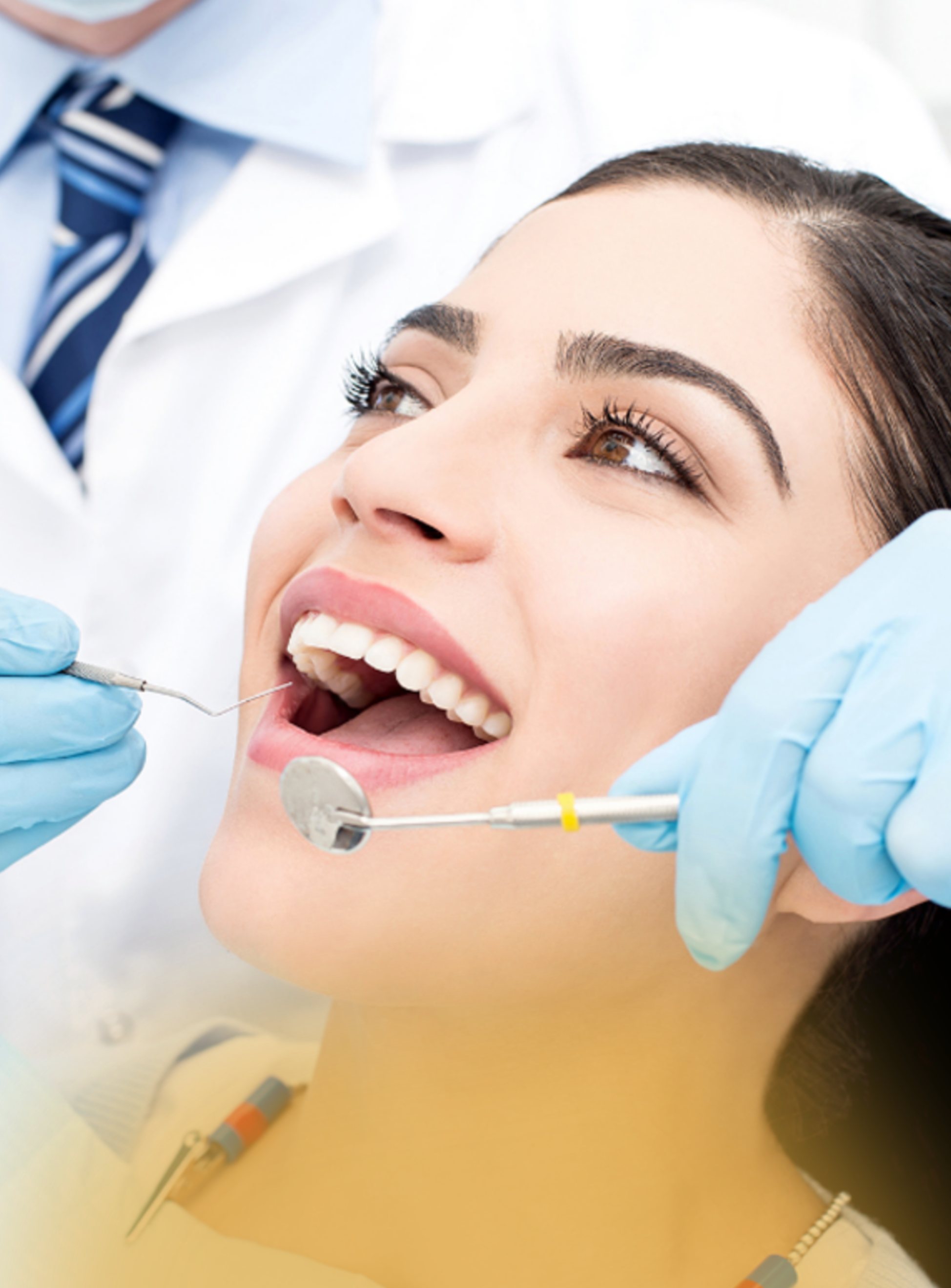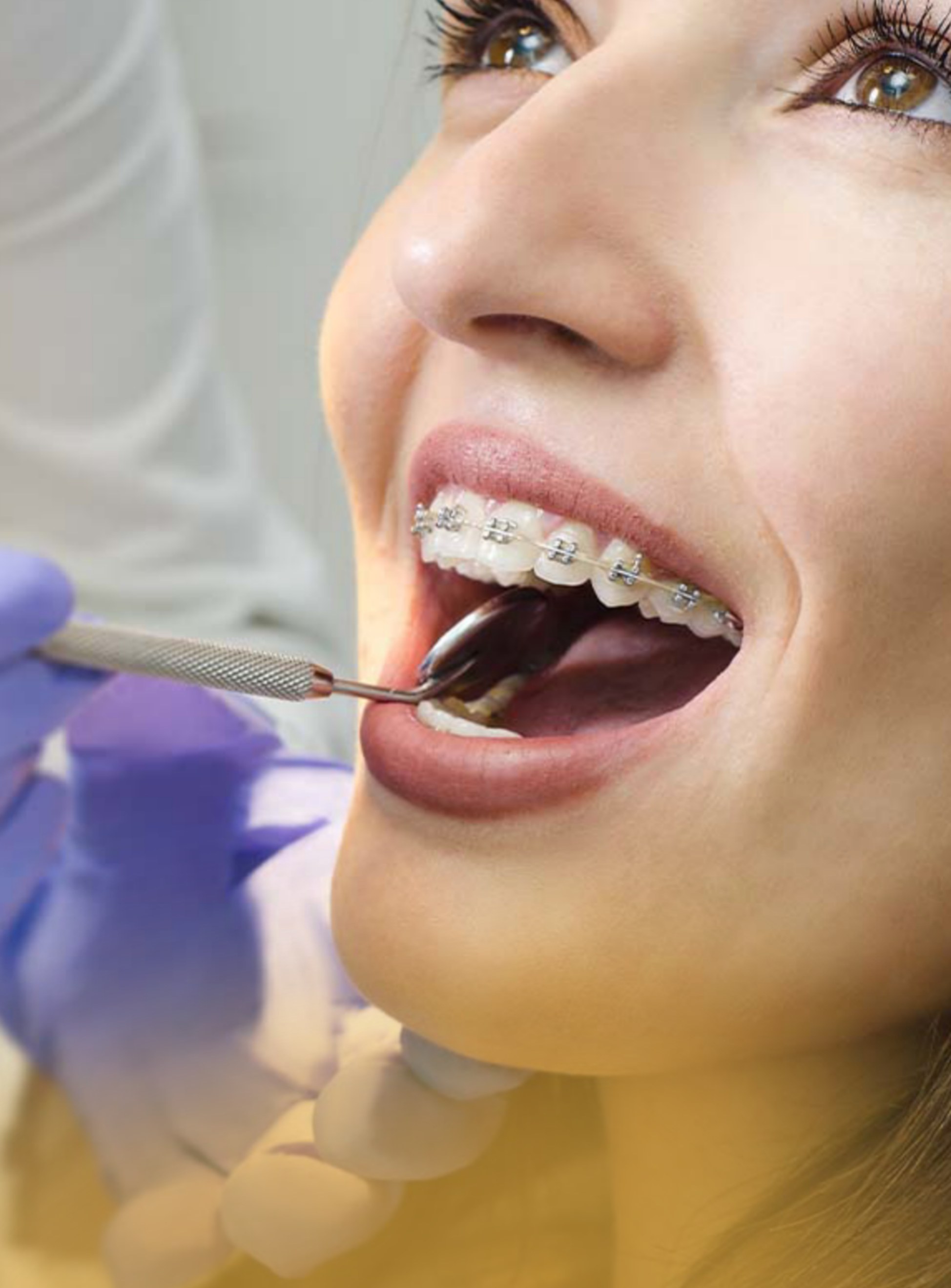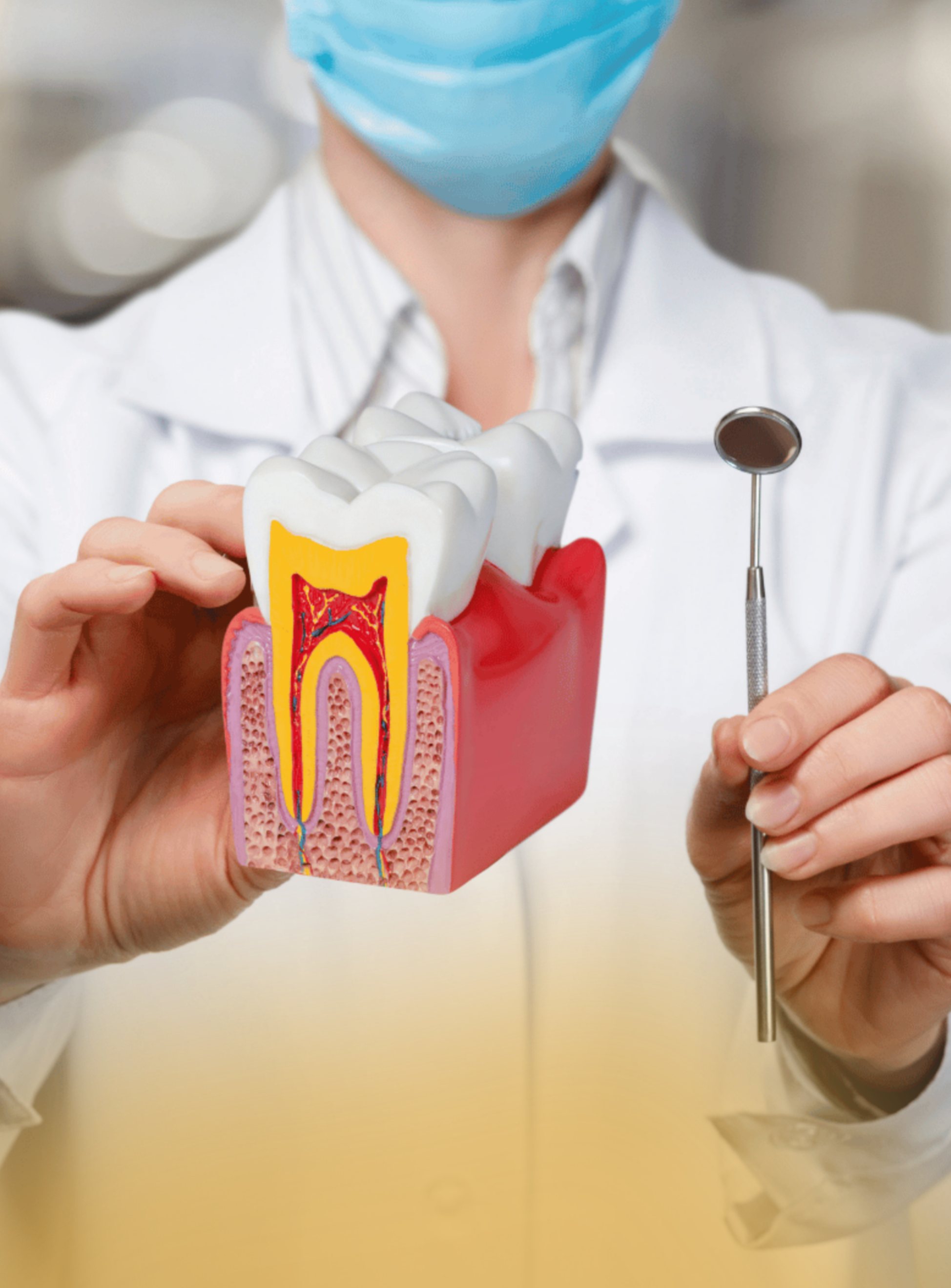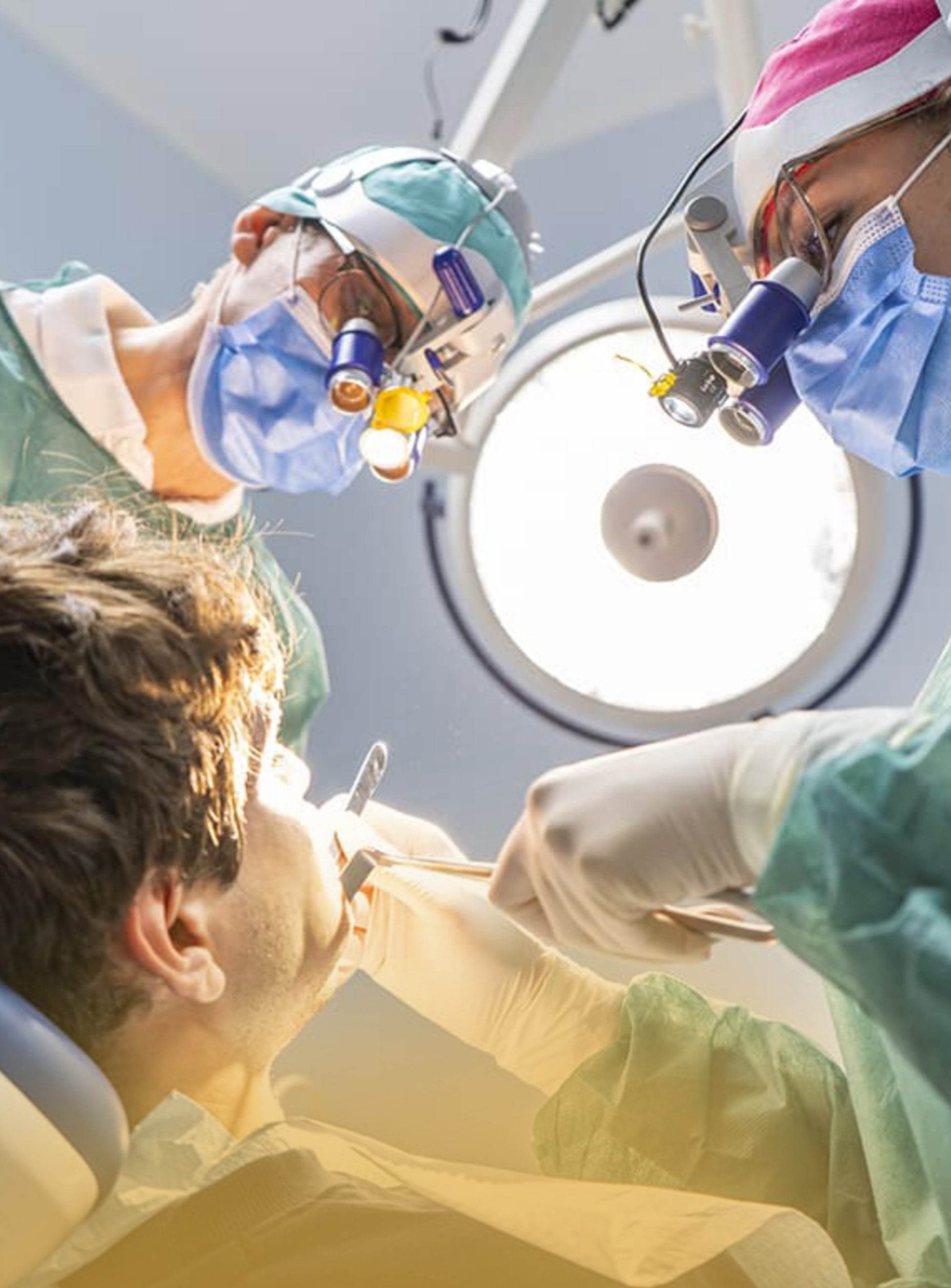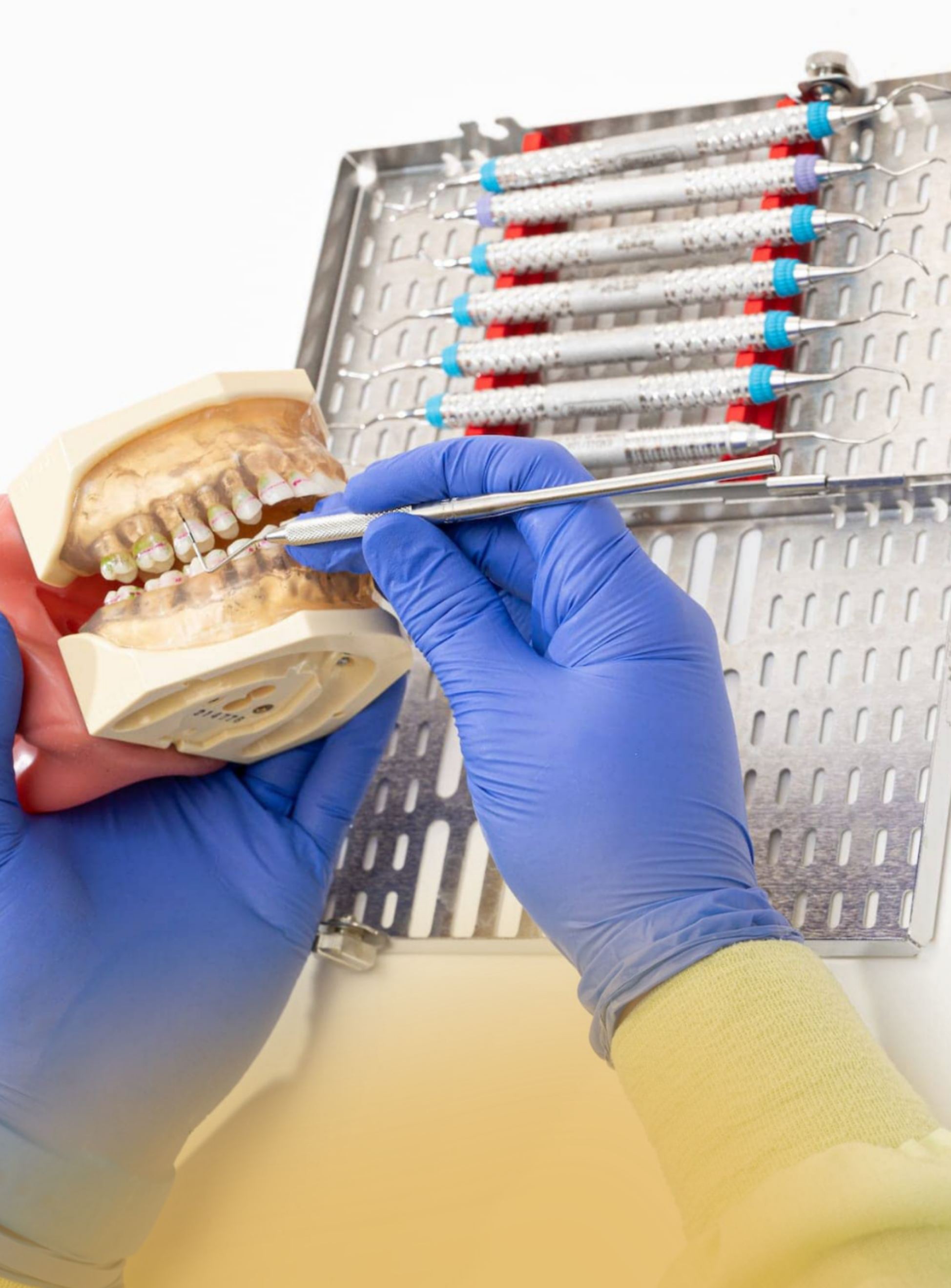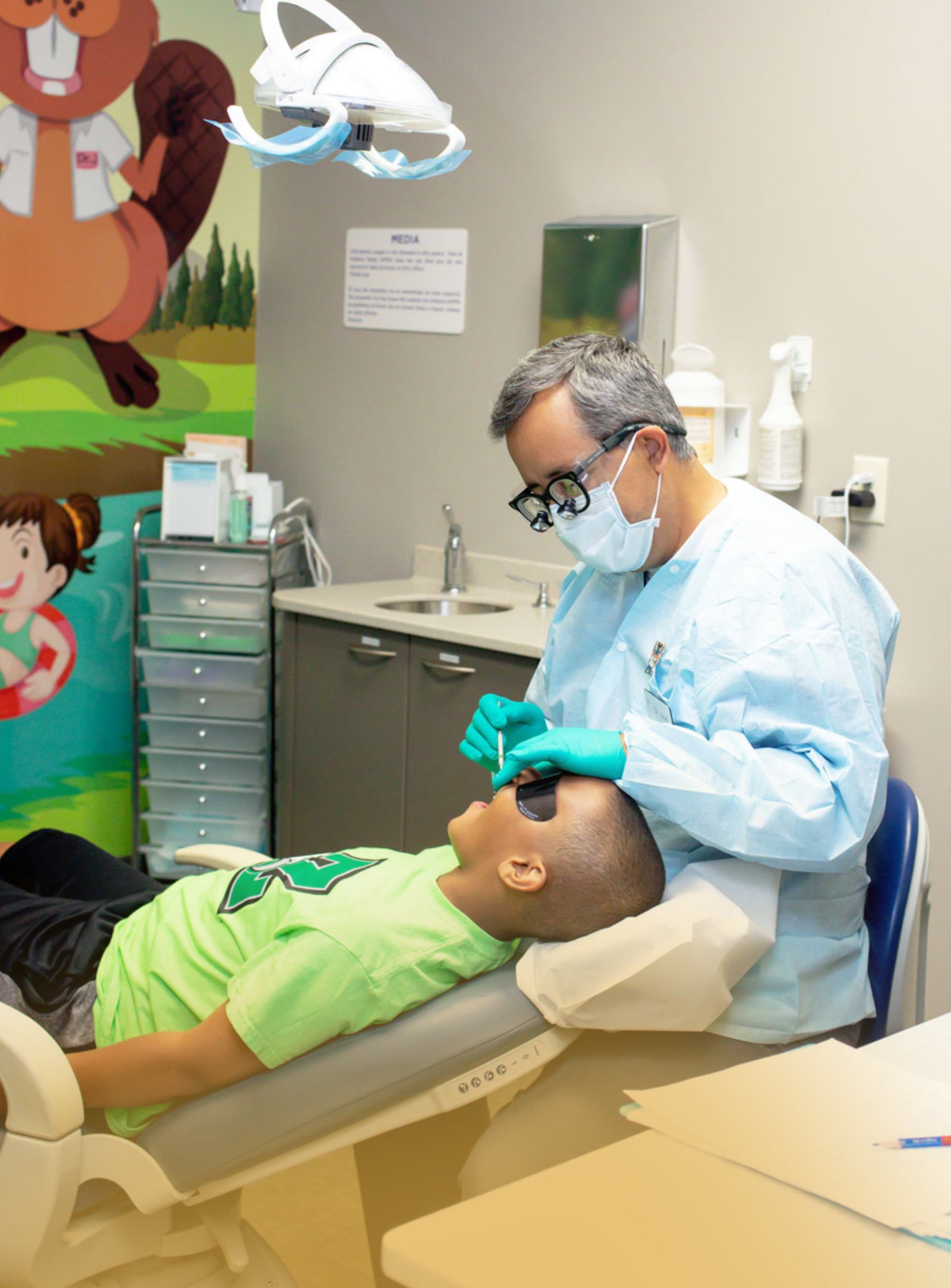Orthodontic Services
1. Traditional Braces:
Traditional braces consist of metal brackets attached to each tooth and connected by wires. These braces gradually apply pressure to move teeth into their desired positions. Adjustments are made periodically to achieve optimal alignment. While visible, modern braces are more comfortable and efficient than their predecessors.
2. Clear Aligners (e.g., Invisalign):
Clear aligners, such as Invisalign, offer a discreet alternative to traditional braces. These custom-made, removable trays gradually shift teeth into alignment. Invisalign aligners are transparent, making them nearly invisible. They are also convenient as they can be removed for eating, brushing, and flossing, providing flexibility in daily activities.
3. Retainers:
After completing orthodontic treatment, retainers are often prescribed to maintain the achieved alignment. Retainers help prevent teeth from shifting back to their original positions. They can be removable or fixed behind the teeth (lingual retainers) and are an essential component of ensuring long-term orthodontic success.
4. Orthodontic Consultations:
Orthodontic consultations involve a thorough examination to assess the alignment of your teeth and bite. During the consultation, your orthodontist will discuss potential treatment options, address your concerns, and develop a personalized plan to achieve your desired smile.
Orthodontic services aim to correct misalignments, improve bite function, and enhance the overall aesthetics of your smile. Your orthodontist will recommend the most suitable treatment based on your specific needs and preferences.
FAQ
Healing times vary, but it typically takes a few weeks. Follow post-extraction care instructions provided by your dentist to promote optimal healing.
Stick to soft, cool foods initially, gradually progressing to a normal diet. Avoid hot or spicy foods, and refrain from using a straw, as suction can disrupt the healing process.
Over-the-counter pain relievers and applying an ice pack to the affected area can help alleviate discomfort. Follow your dentist's recommendations for pain management.
Mild oozing is common initially. Bite on a gauze pad provided by your dentist to control bleeding. If bleeding persists, contact your dentist for guidance.
Resume gentle brushing and flossing in the surrounding areas 24 hours after extraction. Be cautious around the extraction site to avoid irritation.
Yes, it's common to feel drowsy or disoriented for a few hours after dental anesthesia. Avoid operating heavy machinery or making important decisions during this time.
Common side effects include temporary numbness, dizziness, or nausea. Serious complications are rare but can include allergic reactions. Inform your dentist of any concerns or unusual reactions
The duration of dental anesthesia varies depending on the type used. Local anesthesia typically lasts a few hours, while general anesthesia can have lingering effects for several hours after the procedure.
Your dentist will provide specific instructions regarding fasting before the procedure. Generally, it's recommended to avoid eating or drinking for a certain period before anesthesia to reduce the risk of complications.
Amalgam fillings are made of a mixture of metals, including mercury, while composite fillings are tooth-colored and composed of a resin material. The choice between them depends on factors like location, size of the cavity, and aesthetic preferences.

